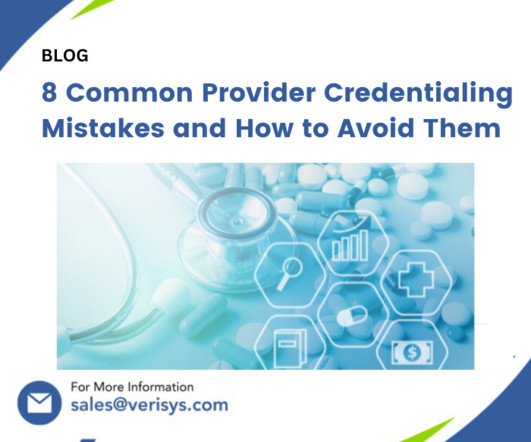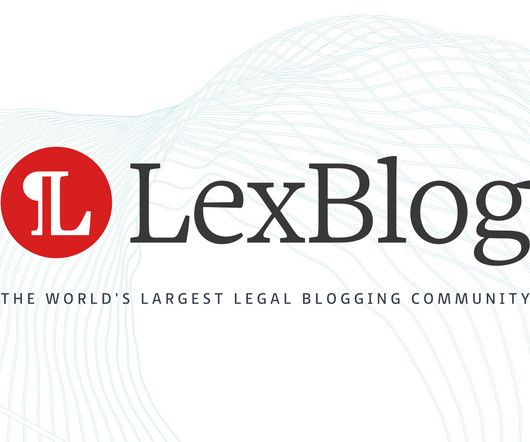How To Prepare for an OIG Inspection
MedTrainer
JULY 28, 2023
Earlier this year, an in-depth OIG investigation resulted in a six-day trial of a former Louisiana health clinic CEO , who was ultimately convicted of Medicaid fraud and sentenced to 82 months in federal prison. This ensures that medical facilities are not engaging in malpractice and following program rules and regulations.










































Let's personalize your content